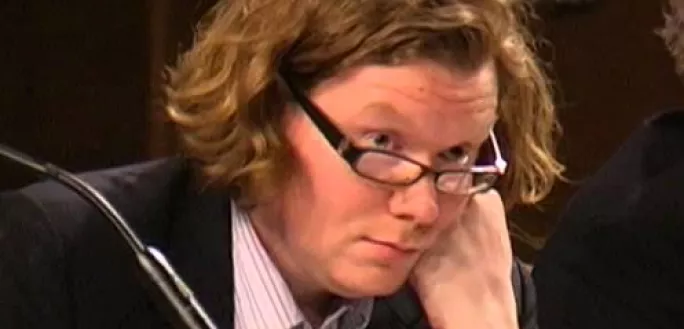‘The image of a free, “bohemian” Finland is a mirage’
John Blake, assistant head at the London Academy of Excellence, writes:
Tim Oates, the research director of Cambridge Assessment, is a very droll fellow. At a Policy Exchange conference, he once delivered the most devastating heckle in educational policy history when the national secretary of the Anti-Academies Alliance claimed there were no private schools in Finland. Oates pointed out that this wasn’t true, but it was illegal to charge for private schools in Finland, so essentially the country has a voucher system.
“Less than 1 per cent of schools,” was the disdainful reply from the Anti-Academies Alliance. “Thirty-seven per cent in the Helsinki area,” came the calm, measured and flattening response.
This brief but powerful rejoinder to the fictions about Finnish schools has now been beefed up and released in a highly readable and exceptionally important pamphlet, available from the Cambridge Assessment website. It is almost impossible to overstate the significance of the message Oates gives here, both in the impact it should have on the rhetoric of education politics in England, but also on a deeper policy level.
Why should six pages on a small Scandinavian country’s education system change not only the language in which we discuss schools in England but also change how we actually think about running them?
In the case of the first, it is because the image of Finnish education peddled by the various anti-reform factions in English education politics becomes unsustainable. Since Finland unexpectedly topped the Programme of International Student Assessment (PISA) international league tables of education systems at the turn of the millennium, anti-reform educational activists have harked on about Finnish teachers’ greater autonomy and pay, the lack of any national inspectorate and the absence of private schools, all generating a perfect comprehensive system.
Each of these (and more) is swiftly and skilfully filleted by Oates, who points out that all the analysis of Finnish schools as they were in 2000 ignores entirely the history of education reform in Finland. In short, the high levels of autonomy in-and agreement on-Finland’s comprehensive model was built on sustained, almost brutal, levels of control in the 1970s and 1980s. Inspectors were in every classroom, ensuring all teachers subscribed to the new ethos, values and curriculum; very tight controls on entry to teacher training and the curriculum delivered to aspirant teachers; and the use of state-approved textbooks.
Therefore, both the success enjoyed by Finland in PISA and the aspects of the system praised by anti-reform activists in England are the product of levels of centralised control, which even after 25 years of educational reform, England has not achieved. As such, the image of “free Finland” is a mirage and lazy references to Finnish success should cease to be the stock-in-trade of anti-reformers.
However, it is what Oates suggests about what made Finland successful that really ought to affect the deeper discourse about the future of English education reform, because what emerges here is evidence for a point Oates has repeatedly made elsewhere: the mark of successful education systems isn’t whether they are selective or comprehensive, or precisely when formal education starts, or exactly what is in the final exams, it is that all the parts of the system line up.
So Finland decided to construct a comprehensive system which would deliver academic success to the majority of students, and designed a schooling and accountability system that would, in the words of the director general of the Finnish National Education Board, “guarantee that the reform would be implemented in every municipality”.
This is an extraordinarily ambitious aim and one which Finland used a great deal of central control to achieve. That there is now more “trust” of Finnish teachers is because those who could not be trusted to implement the reforms are gone, weeded out by a level of control over teacher supply, school curriculum and classroom pedagogy that England has yet to dream of.
Those who wish to reform the English education system further therefore need to be clear not only about where they wish to go, but what all aspects of the system need to be like to achieve that goal and ensure that those with no interest in attaining those ends are removed from positions where they can thwart them. The real lesson of Finland’s school reform isn’t bohemian laxity of approach but total, system-wide commitment - and that is a very bold lesson indeed.
Keep reading for just £1 per month
You've reached your limit of free articles this month. Subscribe for £1 per month for three months and get:
- Unlimited access to all Tes magazine content
- Exclusive subscriber-only stories
- Award-winning email newsletters




